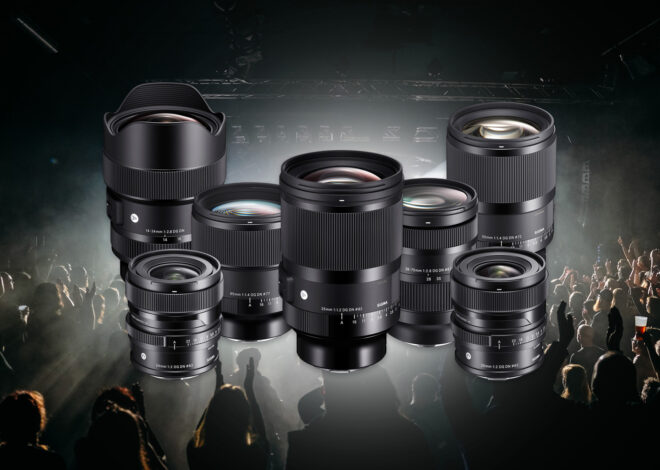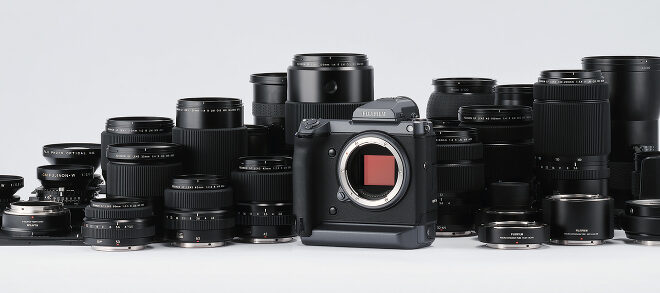
30mm vs. 50mm Lens: Whats The Key Differences?
As an Amazon Associate, I earn from qualifying purchases.
A 50 mm lens specializes in taking portrait pictures as it closely resembles the human eye’s field of view.
But a 30 mm lens is an expert in taking group photos because of its wide focal length. Though, a 30 mm lens depends on the zooming-in option on the camera.
30 mm lenses will cost you more than 50mm. But, a 30 mm lens can deal with a full-frame camera more efficiently than a 50 mm. Both lenses have their independent features.
Are you still confused? Are you not sure yet which one to buy? This article will help you decide. So, Let’s go!
Sigma 30mm F/1.4 DC DN vs. Canon EF 50mm F/1.4 STM: Comparison Table
30 mm and 50 mm both lenses have importance. You can’t ignore one preferring the other one.
Now, let’s see what the differences are between these given lenses’ features:
| Feature | Sigma 30mm F/1.4 DC DN | Canon EF 50mm F/1.8 STM |
| Focal Length | 30mm | 50mm |
| Maximum Aperture | f/1.4 | f/1.8 |
| Minimum Aperture | f/16 | f/22 |
| Lens Mount | Sony E | Canon EF |
| Format Compatibility | APS-C | APS-C |
| Angle of View | 50.7° | 46° |
| Minimum Focus Distance | 11.81″ / 30 cm | 13.78″ / 35 cm |
| Maximum Magnification | 0.14x | 0.21x |
| Optical Design | 9 Elements in 7 Groups | 6 elements in 5 groups |
| Diaphragm Blades | 9, Rounded | 7, Rounded |
| Focus Type | Autofocus | Autofocus |
| Image Stabilization | None | None |
| Filter Size | 52 mm | 49 mm |
| Dimensions (ø x L) | 2.55 x 2.89″ / 64.8 x 73.3 mm | 1.55 x 2.72″ / 39.3 x 69.2 mm |
| Weight | 265 g | 160gm |
| Price | $264.99 | $114.99 |
What Are The Key Differences Between The 30mm Vs. 50mm?
The camera lens plays a vital role in capturing an image. Focusing on the subject, capturing area, quality, zooming, etcetera depends on the lens type.
Now, we will discuss in detail what 30mm and 50mm lenses have in common and their differences.
Focus
The 30mm lens acts like a fish-eye lens because it’s so wide, making the nearest part of the image large and the background smaller.
Shooting at a close subject, distortion can be a matter of concern. The more you go further away from the subject this problem seems to go away.
The 50mm lens has less distortion than the 30mm lens. But when it’s a matter of shooting a close object, you can see a bit of distortion there. The 50 mm allows less of the background in the image.
Both are good in their independent fields. One lens helps to take close shots while the other helps capture a wide area. It is hard to compare them in this matter.
Close range photography
The 30mm lens provides more material to be included in the photo. This is helpful if you want to use a gorgeous background or like the person in your image to be seen from top to bottom but don’t have a lot of room to back away from the camera.
However, you should be aware that vignetting will occur when using a 30mm lens on a full-frame camera.
In my perspective, the 50mm lens creates a more pleasing composition. It removes less of the background, allowing for a closer look at the subject while still revealing details like what the subject’s wearing or carrying.
So, a close-range photoshoot 50mm lens is a necessary item for your camera.
Picture quality
50mm lenses often compete with expensive professional-grade lenses. This lens can produce high-quality photos.
When comparing a 50mm lens to a conventional zoom lens, the 50mm lens has a sharper, higher-contrast image.
On the other hand, a 30 mm lens focuses on the whole area. Much more color reflection is happening here in a 30 mm lens.
Even if you wanted a good-quality photo, that’s hampered because of detailing. In that case, you’ll need a higher-quality lens.
In the case of picture quality, both are experts in their fields. So, it is up to the cameraman which style of photography they want to do.
Portability
A 50mm lens is compact and light, and you can carry it easily. Even you can keep it in your pocket in your pants (though it is not recommended). This enables a very small setup (particularly for a small digital camera), excellent for touring, wedding, and street photography.
A 30mm lens is comparatively heavy but compact. It doesn’t require that much space. The materials used to build this lens are the reason behind its weight. But, to keep the character and quality of the lens, this much was needed.
You can’t compare which is best in this case. If you are traveling and want to shoot good-quality photos, a portable 50mm lens won’t help you, even if it’s easy to carry.
Price
A Sigma 30mm F/1.4 DC DN costs around 265 USD. For a primary lens, the price is relatively high. But a lot can be done using this camera.
On the contrary, a Canon EF 50mm F/1.8 STM will cost you around 115 USD. It’s cheap and basic. If you’re a new photographer, you can check this lens to start your journey.
Though a 50mm lens is cheap, I would recommend a 30mm lens because it can fulfill other desires, too, like street photography and wedding shoots which a 30mm cannot do.
Conclusion
A 50mm prime lens is a primary, flexible lens that works well in many situations. You can upgrade to a 200mm or 300mm lens or a fixed wide-angle lens if the 50mm lens cannot fulfill the requirements anymore. A fixed focal length lens improves photo shooting abilities, having some unique skills.
A 30mm lens is a compact and heavy lens. It’s also popular amongst other lenses because of its primary zooming feature. 35mm lens is also used instead of it. You can upgrade to an 85mm lens if you get bored of your old 30mm lens.
Both lenses are primary lenses for a camera. A rising photographer, his dream starts with a lens like 30mm or 50mm. If you read the whole article, you should have already chosen your desired lens by now.
Related Posts:



